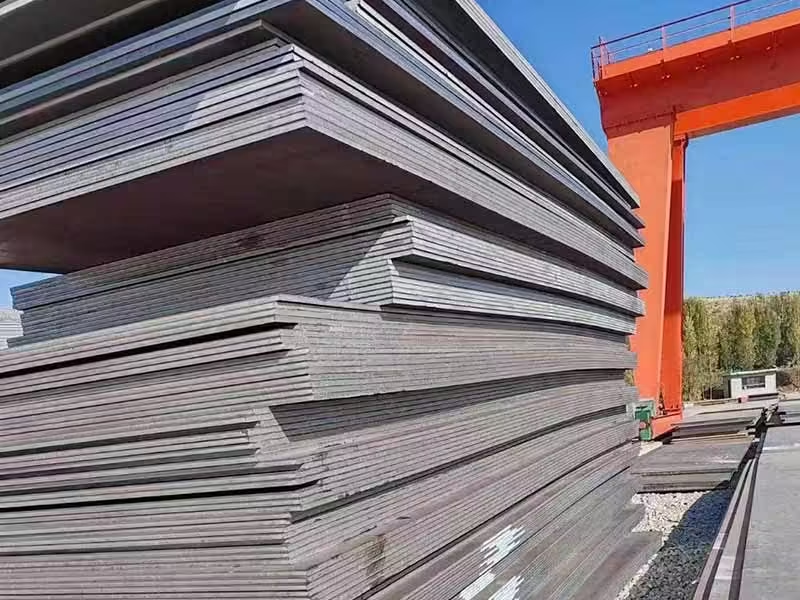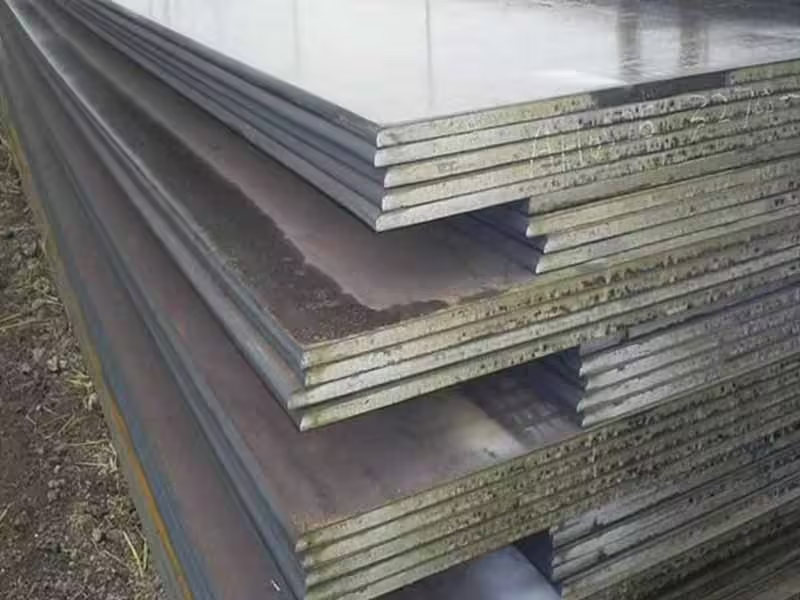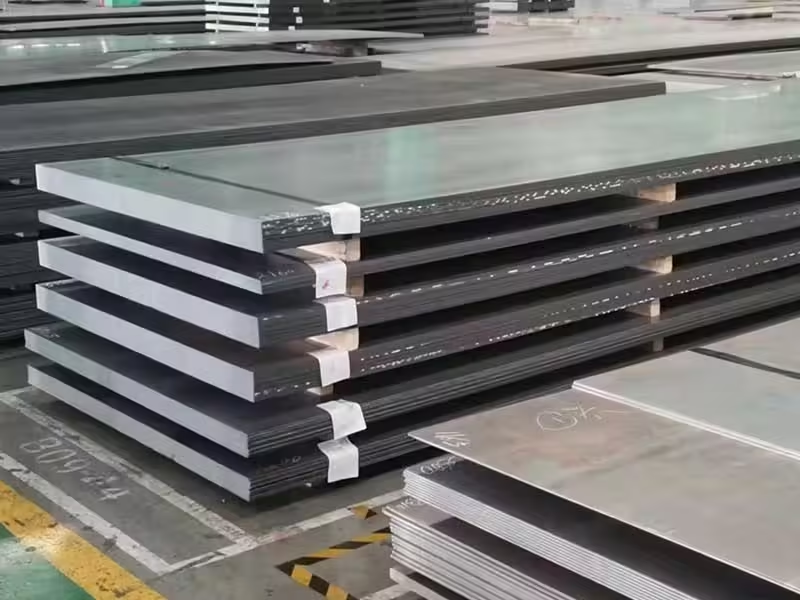مرحباً بكم في مدونتي!
قبل أن نتعمق في المحتوى، يسعدني انضمامكم إليّ على منصاتي للتواصل الاجتماعي، حيث أشارك المزيد من الأفكار، وأتفاعل مع المجتمع، وأنشر التحديثات. إليكم كيفية التواصل معي:
فيسبوك:https://www.facebook.com/profile.php?id=61571539990739
لنبدأ رحلتنا معًا. آمل أن تجدوا هذا المحتوى ثريًا وجذابًا وقيّمًا.
جدول المحتويات
مقدمة
When embarking on a construction or manufacturing project, choosing the right material is crucial. Two commonly considered options are polycarbonate (PC) plates and steel plates. Each material offers distinct advantages and disadvantages, making them suitable for different applications. This comprehensive guide will delve into the properties, applications, and considerations of PC plates versus steel plates to help you make an informed decision for your project.
Material Properties: PC Plate vs Steel Plate

الخصائص الميكانيكية
| ملكية | PC Plate | صفيحة فولاذية |
|---|---|---|
| كثافة | 1.20–1.22 g/cm³ | ~7.85 g/cm³ |
| قوة الشد | 55–75 MPa | 400–620 MPa (varies by grade) |
| Young’s Modulus | 2.0–2.4 GPa | 200 GPa |
| الاستطالة عند الكسر | 80–150% | 15–25% |
| Impact Resistance (Izod) | 600–850 J/m | Varies; generally lower than PC |
| Hardness (Rockwell) | M70 | 120–200 HB (varies by grade) |
| الموصلية الحرارية | 0.19–0.22 W/(m·K) | 50–60 W/(m·K) |
| درجة حرارة التشغيل | -40°C to 115°C | Up to 500°C (depending on alloy) |
| مقاومة التآكل | عالي | Varies; stainless steel is corrosion-resistant |
Data sourced from material property databases and manufacturer specifications.
Physical and Chemical Properties
PC plates are thermoplastic polymers known for their transparency, impact resistance, and lightweight nature. They are resistant to many chemicals and have good dimensional stability. However, they can be susceptible to scratching and may degrade under prolonged UV exposure without proper additives.
Steel plates, depending on the alloy, offer high strength, durability, and thermal resistance. Carbon steel is prone to corrosion, whereas stainless steel variants provide excellent corrosion resistance. Steel’s high density contributes to its strength but also adds weight.
Applications: Where Each Material Excels

PC Plate Applications
- Architectural Glazing: Used in skylights, canopies, and greenhouses due to its transparency and impact resistance.
- Safety Shields: Employed in machinery guards and protective barriers.
- الالكترونيات: Utilized in housings and components requiring electrical insulation.
- السيارات: Applied in headlamp lenses and interior components.
Steel Plate Applications
- بناء: Structural components in buildings, bridges, and infrastructure.
- بناء السفن: Hull construction and reinforcements.
- السيارات: Chassis and body panels.
- المعدات الصناعية: Machinery parts and pressure.
اعتبارات التكلفة
While specific prices fluctuate based on market conditions, generally, PC plates are more expensive per unit weight compared to carbon steel plates. However, the ease of fabrication and reduced installation costs can offset the initial material expense. Steel plates, though heavier and potentially more labor-intensive to install, offer long-term durability, which can be cost-effective over the lifespan of a project.
التأثير البيئي

PC plates are recyclable and have a lower carbon footprint during production compared to steel. However, they are derived from petroleum-based products, raising concerns about sustainability. Steel production is energy-intensive, but steel is highly recyclable, and the infrastructure for recycling steel is well-established globally.
Durability and Maintenance
PC plates offer excellent impact resistance and do not corrode, making them suitable for environments where moisture and chemicals are present. However, they can scratch easily and may require UV protective coatings for outdoor use.
Steel plates are highly durable and can withstand high temperatures and heavy loads. Carbon steel requires protective coatings or galvanization to prevent rust, while stainless steel variants offer inherent corrosion resistance, reducing maintenance needs.
خاتمة
Choosing between PC plates and steel plates depends on the specific requirements of your project. If you need a lightweight, transparent, and impact-resistant material, PC plates are an excellent choice. For applications requiring high strength, durability, and thermal resistance, steel plates are more appropriate. Consider factors such as environmental conditions, load requirements, aesthetic preferences, and budget constraints when making your decision.
الأسئلة الشائعة
Q1: Can PC plates be used for structural applications?
A1: PC plates are not typically used for primary structural applications due to their lower tensile strength compared to steel. However, they are suitable for non-load-bearing components and protective barriers.
Q2: How does UV exposure affect PC plates?
A2: Prolonged UV exposure can cause PC plates to yellow and become brittle. Using UV-stabilized PC or applying protective coatings can mitigate this effect.
Q3: Are there different types of steel plates?
A3: Yes, steel plates come in various grades, including carbon steel, stainless steel, and high-tensile steel, each with specific properties suited to different applications.
Q4: Which material is more environmentally friendly?
A4: Both materials have environmental considerations. PC is recyclable but derived from fossil fuels, while steel production is energy-intensive but benefits from a well-established recycling infrastructure.
Q5: Can PC plates replace glass in applications?
A5: Yes, PC plates are often used as a lightweight, impact-resistant alternative to glass in applications like glazing and protective screens.

